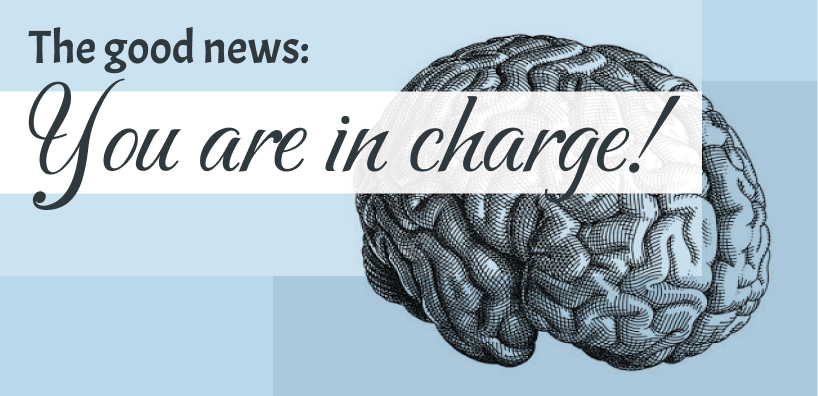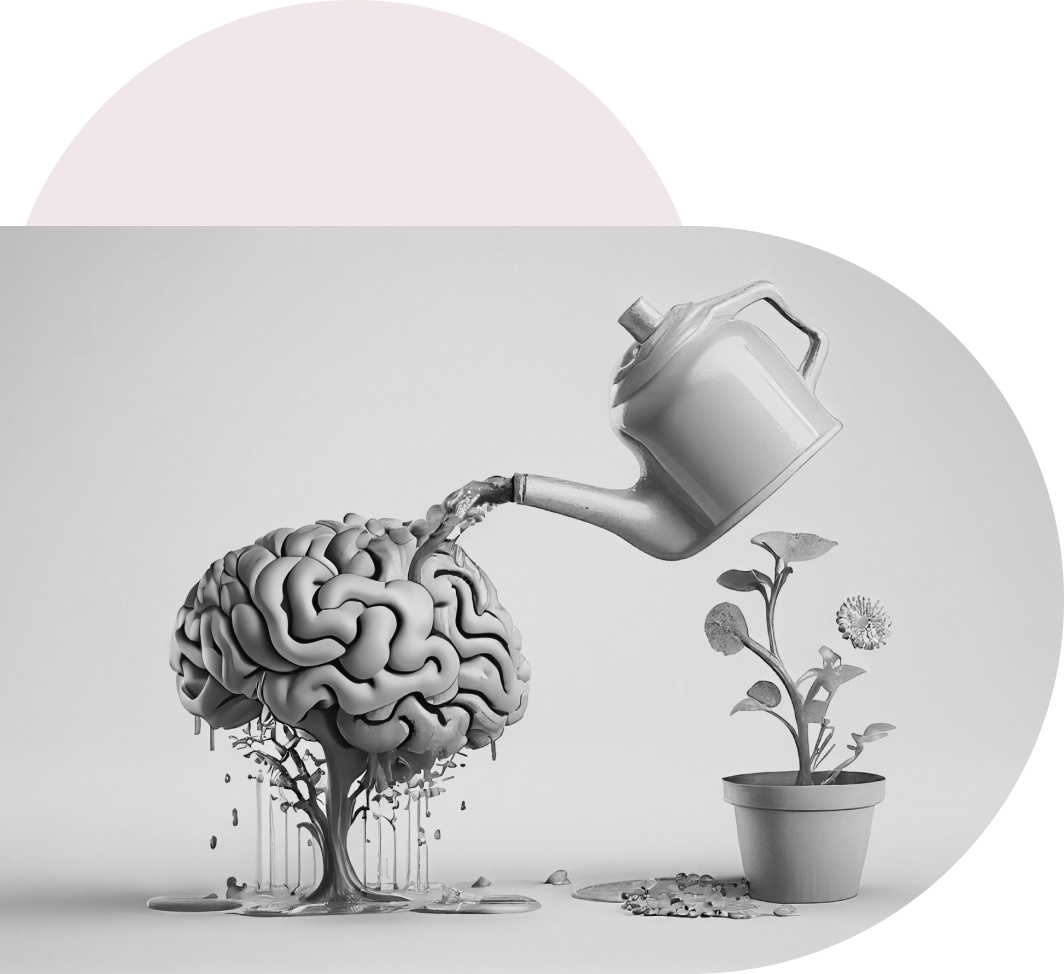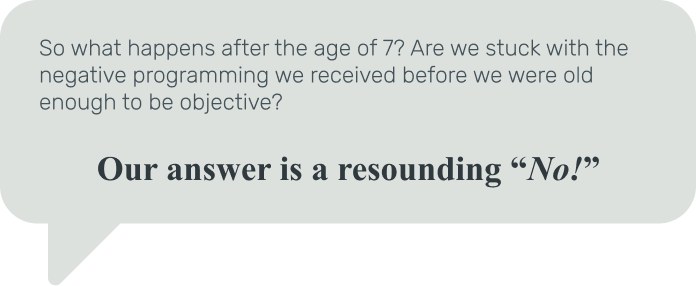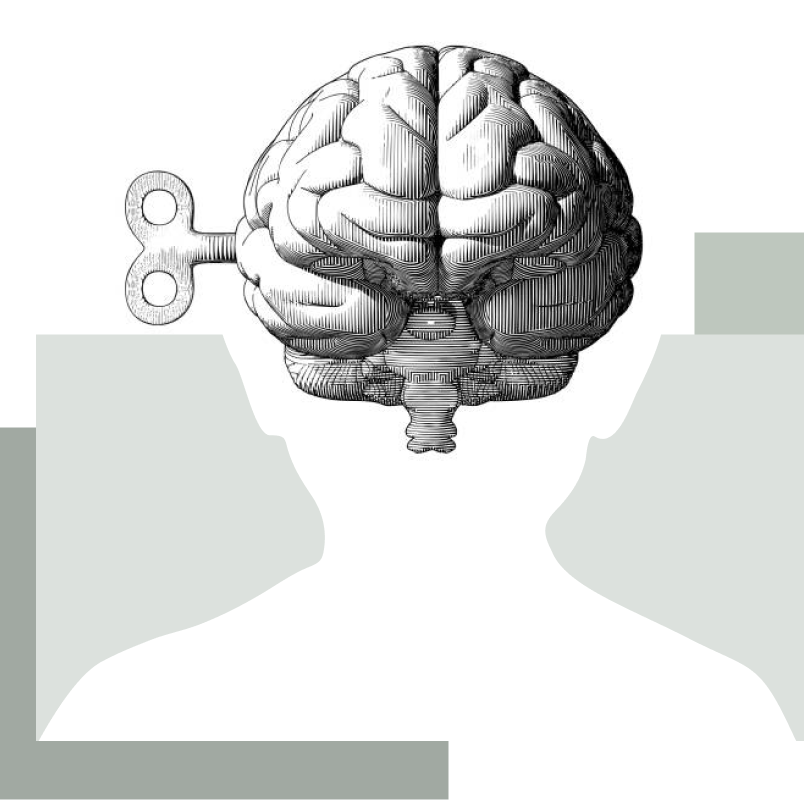- What is brain reorganization?
- What is a disorganized brain?
- What is neuroplasticity?
- What is a reconnect?
What is brain reorganization?
Brain reorganization is a non-invasive method of completing primitive brain development by re-creating the movements that we might have missed as babies. By finishing our primitive brain development, we give the brain the solid foundation it needs to operate as efficiently as possible.What is disorganized brain?
The brain is naturally meant to develop in a certain way through movement patterns that babies are programmed to do in the first year of life. These develop the primitive parts of the brain, which are mostly in charge of the automatic functions keeping us alive. But brain development is not linear! Many people do not have the opportunity to move enough as babies or experience trauma, both if which can interrupt efficient lower brain development. The result: a disorganized brain! Thanks to the power of neuroplasticity, our brains can change at any point in time. Our program is based on harnessing that neuroplasticity to help the brain finish the development it might have missed. By re-creating these simple movements, the primitive brain can finish its development and our members can live life in the cortex.
Thanks to the power of neuroplasticity, our brains can change at any point in time. Our program is based on harnessing that neuroplasticity to help the brain finish the development it might have missed. By re-creating these simple movements, the primitive brain can finish its development and our members can live life in the cortex.
What is neuroplasticity?
Neuroplasticity is the brain’s ability to form new pathways and change how its connections are wired The common belief used to be that once the brain developed through infancy, that was it; we were hard-wired and no changes could be made. As it turns out, that could not have been further from the truth! Neuroplasticity has shown scientists all over the world that the brain has the potential for change with every single experience. The way our brain continues to develop depends on the quality and quantity of our experiences. Every experience we have – wanted or unwanted, positive or negative – influences the very architecture of our brain.
What is a reconnect?
According to neuroscientists, our conscious mind (the part we are aware of) is responsible for only about 5% of our decisions, actions, emotions, and behavior. That means


The 4 Components of In the Cortex
1. The Pons
This is the emotional brain which regulates our fight-or-flight response and develops while we are creeping on our bellies
2. The Midbrain
This is the part of the brain that acts as a filter for the rest of the brain and develops while crawling on hands and knees
3. Primitive Reflexes
Our program addresses 9 commonly retained primitive reflexes throughout the 12 modules
4. Subconscious beliefs
Once the brain is out of survival mode, we show how to reprogram unproductive subconscious beliefs you
What is the Cortex?
Pons
Primitive Reflexes
Midbrain
Cortex


Dani Perrecone
Dani’s life was like a runaway train. Every new experience that was stressful or demanding…
Paloma Garcia Cruz
Paloma García is a founding brain coach at In The Cortex. That’s right: a brain coach…


We get it! Brain Reorganization is a tricky subject, and there is a lot information to take in at once!
That’s why we are available for a free 15-minute consultation with you to answer all of your questions about brain reorganization,
primitive reflex integration, reprogramming subconscious beliefs, and anything else you want to know about our program.
